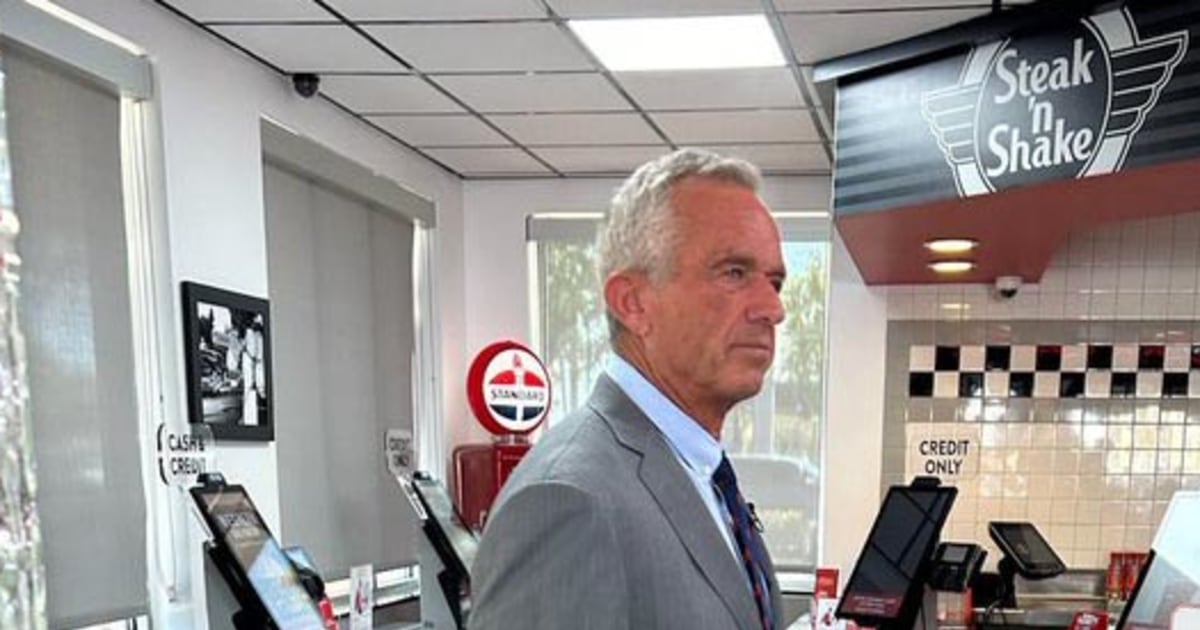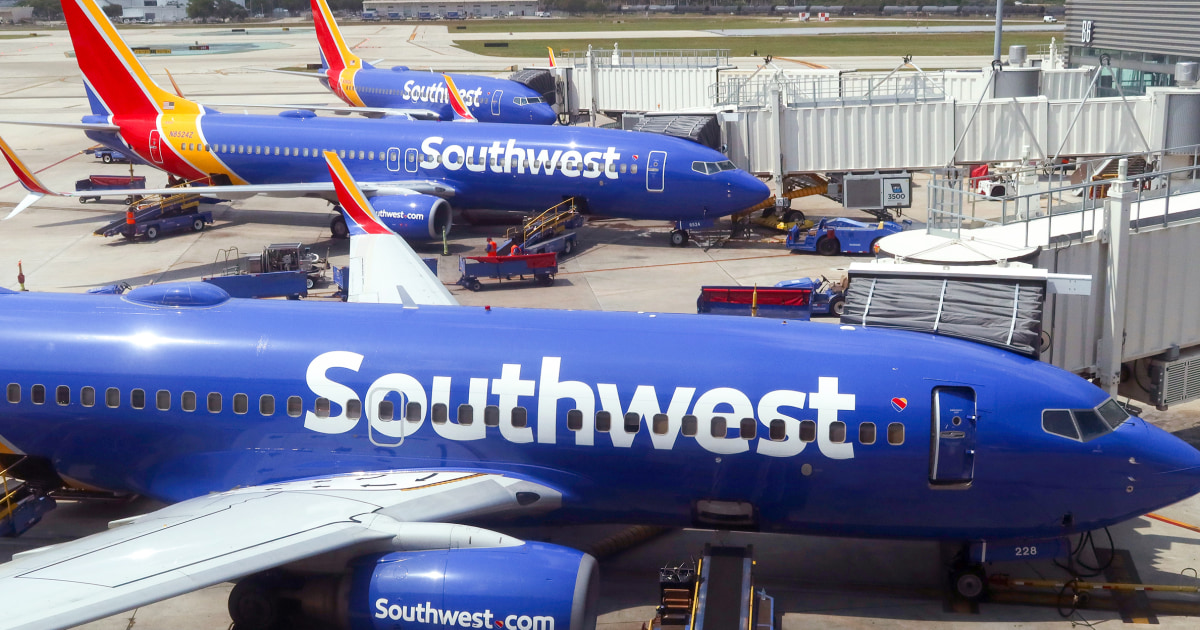
Big retailers’ fortunes are diverging as the holiday shopping season gets underway. Target missed the mark, while Walmart nailed it — a difference that partly comes down to bargain-hungry customers’ finicky appetites for nonessentials, analysts say.
“The main takeaway here is that the American consumer is still being very value-conscious and increasingly shifting their dollars to Walmart from many other retailers, including Target,” said Brad Thomas, managing director at KeyBanc Capital Markets.
On Wednesday, Target cited “lingering softness in discretionary categories” as a top factor in its disappointing third-quarter sales, as many budget-conscious shoppers continue to focus on necessities. It’s the latest sign that discounts will be the driving force this holiday season, as they’ve been for much of this year.
The American consumer is still being very value-conscious.
Brad Thomas, KeyBanc Capital Markets
Customers still seem eager to reward other brands that double down on value. Walmart posted better-than-expected earnings this week and gave a solid outlook heading into the holidays. In fact, spending outside its grocery aisles ticked up for the second quarter in a row, reversing a long run of declines. The parent company of TJ Maxx and Marshalls also said its holiday season was off to a “strong start,” noting it offers shoppers a “destination for gifts at excellent values.”
Yet even Walmart executives flagged consumers’ lingering caution, with CFO John David Rainey telling CNBC that many shoppers are holding off on big-ticket purchases until they spot a compelling deal.
“We’re expecting this holiday period to be very consistent with that,” he said. “They’re focused on price and value.”
Analysts say that’s part of a steady return to normal for consumer spending after the Covid-era upheavals that sent prices to heights from which they’re still coming down.
“People went out and bought a bunch of stuff [during] the pandemic, and then stopped buying stuff for a couple of years,” Thomas said. “We’re starting to get back to normal here.”
U.S. retail sales rose 0.4% overall in October, federal data showed last month, beating analysts’ forecasts. And the National Retail Federation, an industry trade group, expects “steady sales growth” ranging from 2.5% to 3.5% above last season’s levels. “The economy remains fundamentally healthy,” NRF president Matthew Shay said in a statement last month, adding that households’ “capacity to spend will continue to be supported by a strong job market and wage growth.”
A consumer report released Wednesday by credit-reporting agency TransUnion found U.S. households’ concerns about inflation were easing, with 63% saying their finances were better than or about as they’d planned, up from 60% in the previous quarter.
Still, many said they continued to worry about affording basics. “Heading to the grocery store was a bit daunting for consumers trying to make ends meet this quarter,” the TransUnion researchers wrote.
There are signs that Target’s struggles may not reflect the retail industry overall. The company got in on the price-slashing action this year — announcing discounts on some 2,000 items just weeks ago — as part of a broader push into value, but it still stumbled.
“A lot of it comes down to the company just not positioning itself well enough in what is a slightly more challenging market,” said Neil Saunders, managing director of the retail consultancy GlobalData. That includes pulling back on staffing, he said, and limiting the hours for customers to use self-checkout lanes.
Some shoppers have complained about Target and other retailers locking up more essentials like toothpaste and deodorant to prevent theft, adding to what Saunders called a “messy” situation that has led some customers to defect to rivals that have also slashed prices.
Indeed, discounts are widespread and the ongoing price competition shows signs of slowing. If anything, the discount wars are getting a bit hotter as major retailers’ price cuts steadily narrow the gap with Amazon’s, which continue to set the pace for holiday-season bargains, NBC News’ Holiday Price Check shows.
But while some big-box stores are still seeing shoppers eager to buy nonessentials, others are flagging the reverse — indicating that not all discretionary spending is equal this season. When it comes to home renovations, for instance, Lowe’s and Home Depot saw higher sales from repairs related to hurricanes Helene and Milton, but both expected full-year declines as customers defer big projects.
In the meantime, the steady expansion of e-commerce looks set to continue this holiday season. One of Target’s few bright spots for the quarter was in digital sales, which increased nearly 11% year on year. Walmart’s online sales were even stronger, soaring 27% on the year. That trend is also turning up in hiring data, with ZipRecruiter saying in a report this week that it is seeing a clear shift toward e-commerce hiring, while traditional growth in retail roles has been sluggish.
Analysts expect retailers to continue focusing on ways to chase online shoppers over the holidays, especially younger ones who’ve been some of the fastest adopters of Buy Now, Pay Later installment loans — for luxury purchases and daily basics alike.
“They’re very savvy at using those sorts of financial tools,” Saunders said, adding that he expects to continue to see retailers “offering those services that this cohort wants.”















